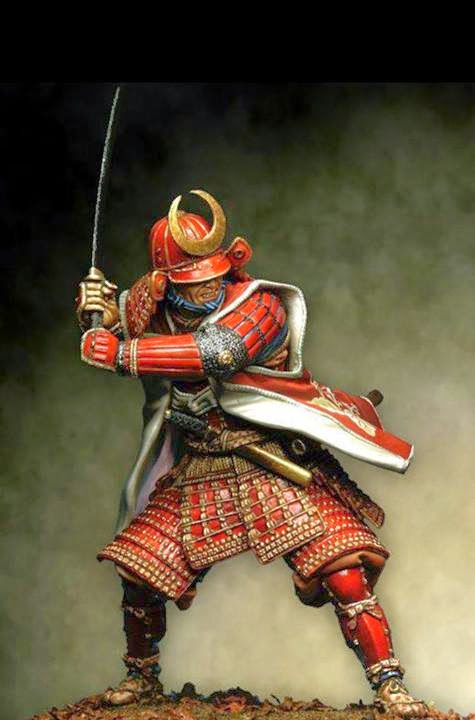A few things about kata bunkai- and the application of forms in other martial arts

http://www.youtube.com/watch?v=YCH6pCzyT4g https://www.facebook.com/groups/taichisecretmovements/ I always believe that if you really want to know the essence of any style- you should study its kata. Styles without kata- well... it's just that much less fun. So far- I have been lucky enough to have an instructor who taught me the application of each movement in the kata I have learnt. I have also learnt later on that not all forms are a rehearsal of combat techniques. Often the kata in itself is an exercise to develop speed or power. In this post I will give a couple of hints on understanding kata better. Here are some pointers: 1. A slow kata is meant to develop power and technique. This means that you pay should pay attention to aspects such as your stance and breathing, when your muscles have to be relaxed and when which muscles have to tense. 2. Fast katas are meant to develop speed and agility. This is no chance to take shortcuts through movemen...


